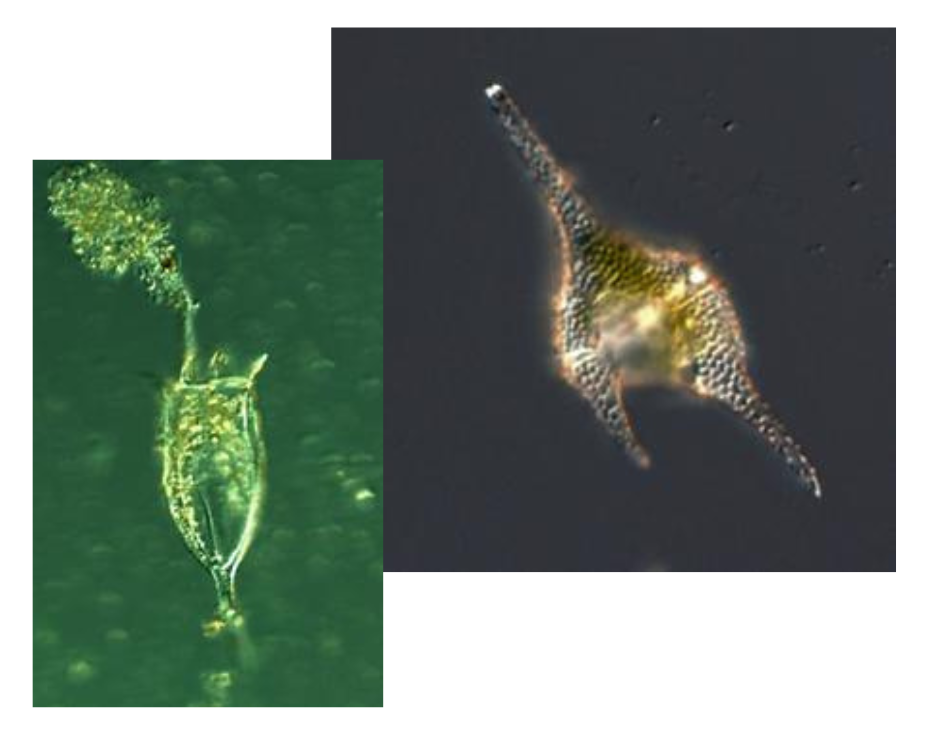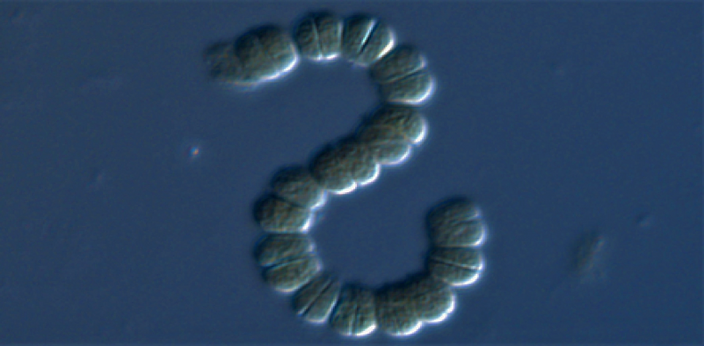
Microscopic Particulate Analysis (MPA) is a useful tool in the evaluation of groundwater and the extent to which the body of water is influenced by nearby surface water sources. Based on microscopic results, risk factors from each bio-indicator can be assigned and summed, and indicate if the groundwater is classified as low risk, moderate risk, or high risk.
This method also can be used for filtration plant optimization to verify the log reduction of particles from surface water by water filtration plants. By processing samples in pairs, one before filtration and one after filtration, Scientific Methods can provide the data needed to ensure water filtration systems are operating as desired to produce potable water.

There are several other applications for the microscopic examination of concentrated water. Scientific Methods can use microscopy to determine the presence of parasites, range of particle sizes for facilitation of better filtration, and the presence/absence of iron and/or sulfur bacteria as well as:

Taste and odor issues will sometimes occur in finished water if levels of certain microorganisms reach certain threshold limits in the source water. For example, Actinomycete sp. will produce an earthy/musty odor. Some algae and diatoms will also produce a musty/fishy/rotten odor.
Scientific Methods has developed a microscopic examination method to identify and count those algae and diatoms associated with taste and odor.

Blue-green algae, also known as Cyanobacteria, can cause taste-odor problems in finished water, and some can produce neurotoxins or hepatotoxins. Due to climate changes and agriculture activities, blue-green algal blooms are becoming more common. Scientific Methods can identify and count blue-green algae with digital images from microscopy.
| Sample Volume | Sample Matrix |
|---|---|
| Drinking Water | DW 1000 L |
| Surface Water | SW minimum 1L |
| Groundwater | GW 500 L |
| Wastewater | WW 1L |
This form is for business-related inquiries only. All other inquiries, including personnel-related requests, please contact Scientific Methods customer service at (574)277-4078. For sample analysis, please complete and send the Test Sample Submission Form to customer.service@scientificmethods.com. By filling out this information, you are adhering to our privacy policy.

Your submission has been sent.